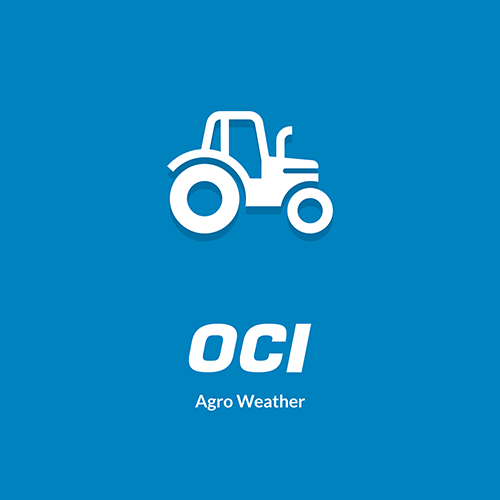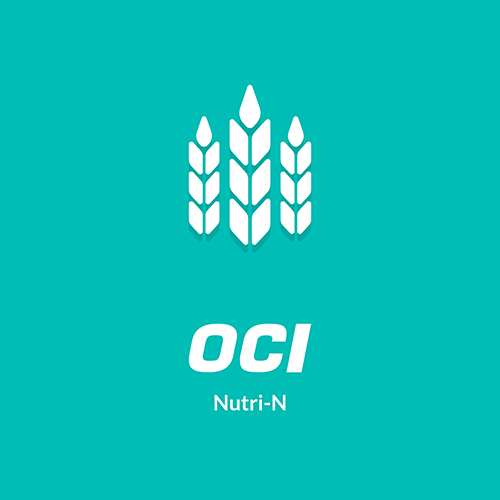Choosing the Right Nutrition for Autumn Sown Crops: a Guide for Farmers
For many farmers, autumn sowing provides an early start for crops to establish themselves before the winter sets in, securing good yields for the following harvest.
The initial establishment and nutrition of autumn crops plays a pivotal role in their growth and final yield.
 Understand your soil
Understand your soil
Whatever time of year you are planning to sow crops, it is crucial to conduct a soil test first. A soil test provides invaluable insights into nutrient levels, pH and other crucial factors.
Based on the results, you can determine which nutrients your soil is lacking, and which ones are in abundance, to serve as a guide for nutrient applications.
Understanding your soil type – be it sandy, loamy or clay heavy – is important as each type has a varying level of water retention, which will impact nutrient availability.
For further information about soil testing, see our blog on the importance of soil testing.
Nutritional needs of specific crops
Different crops have varied nutritional requirements. For instance:
Wheat and Barley: These cereals primarily need nitrogen, which is essential for protein synthesis.
However, they also benefit from phosphorus, which assists in early root formation and potassium which helps with resistance to lodging.
Oilseed Rape (OSR): OSR has a high requirement for both sulphur, which is essential for oil formation, and nitrogen, which is required for vegetative growth and high yield potential.
As the crop establishes its roots in the autumn, it is vital to ensure it has access to these nutrients at this time.
The role of macronutrients
Macronutrients are the primary nutrients that plants require in large amounts for their growth and development. They play a crucial role in various biochemical processes, energy production and overall crop health.
Nitrogen (N): Promotes strong vegetative growth. It is essential crops sown in autumn can access enough nitrogen to establish good root systems and achieve robust early growth.
That said, while essential for growth, be cautious with nitrogen application rates. Excessive nitrogen can lead to lush, leafy growth that is susceptible to pest and disease.
Phosphorus (P): Critical for root development and energy transfer in plants.
Autumn-sown crops need phosphorus to develop a strong root system.
With phosphorus it’s not just about the amount, but also the nutrient’s availability.
Phosphorus can get locked in soils with extreme pH levels, so it is crucial to ensure that P is in a form that plants can take up.
Potassium (K): Vital for regulating various plant functions, including water uptake and enzyme activation. Potassium also plays a vital role in photosynthesis and starch formation.
See here for further information on macronutrients.
 The role of micronutrients
The role of micronutrients
While macronutrients are usually the stars of the show, micronutrients, like zinc, manganese, and copper, play a significant role in crop health.
They are required in smaller amounts but are essential for plant health and disease resistance.
- Zinc (Zn): essential for enzyme function and protein synthesis.
- Manganese (Mg): plays a role in photosynthesis and aids in protection against diseases.
- Copper (Cu): vital for photosynthesis and reproductive growth.
See here for further information on micronutrients.
Monitor and adjust
Just because you have added nutrients to the soil does not mean the job is done. Regular crop monitoring is important to check for signs of nutrient deficiencies.
Yellowing leaves, stunted growth, or poor root development can all be indicators of a lack of essential nutrients.
Based on your observations, you may need to adjust your nutritional strategy.
For further information on common UK crop nutrient deficiencies, see our blog: common UK crop nutrient deficiencies and how to handle them.
Ultimately, choosing the right nutrition for autumn sown crops is a blend of science, experience, and keen observation.
It is all about understanding your soil, knowing your crop’s requirements, and being responsive to their needs.
Proper nutrition doesn’t just guarantee a good yield but also ensures that the soil remains healthy and productive for future seasons.


